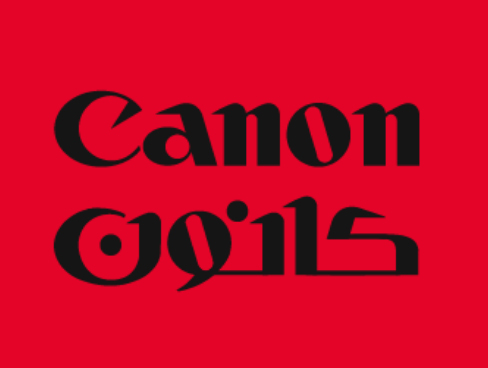My first career steps
"Even after completing all my studies, it wasn’t easy to find a job in both survey engineering as well as calligraphy. The computer era had started, and I was forced to study graphic design through several paid courses for four more years. Thereafter, my career really started and developed in an accelerating pace. Looking back at this period, I experienced it as the most delightful days of my life. I started in 2007 producing letters on a cutter plotting machine. A craftsperson position. I quit my job, after I felt I didn’t stand a chance at getting promoted to graphic designer. In 2008 I became graphic designer at Gates8, designing book covers and hand-drawn lettering for the titles. I left in 2010 due to the company’s mismanagement. In 2011 the Egyptian Revolution started. It was hard to get a job. But Pixonal offered me freelance work, that included hand-drawn lettering for product logotypes for a well-known company in Egypt. They liked the work I have done and I eventually offered me a full-time position. I also got promoted to do retouching work for their ads. After one year, I got a better offer from another company that I accepted. I needed the money because I was about to get married. I worked with Media Marquee as senior graphic designer, doing -as well as teaching my colleagues at work - photo manipulation, retouching, logo design and lettering. I grew into my job and I enjoyed my work. Memark offered me a job as leader of one of their teams. Memark was a much larger company with bigger clients demanding much more sophisticated work, that included typography, graphic design and press production in a more professional setting. However, change was in the air, the internet had arrived and e-marketing took over the position of printed ads and campaigns. Their client base stagnated and Memark lost its attraction for talented staff. It ceased all its activities in 2019."
Hadi Studio
"In the meantime, I launched a Facebook page I called ‘Hadi Type Studio’ where I promoted myself as type designer, calligraphy artist and brand designer. I also launched myself on Behance to start my own business. That was not easy, since clients in the Middle East see typefaces as low value commodities. They prefer to wait till someone rips the font files and releases them for free, instead of supporting type designers and font foundries by properly honouring their hard work. Luckily this sorry situation is changing slowly. Some companies started to express interest in having a bespoke Arabic typeface that combines well with the quality of their activities in the region. Also I kept on getting commissions from former Memark clients. I had a short stint as studio manager at an agency called ‘Oh My Brand’ but I discovered that my direct involvement with the ad world had lost its attraction for me. I decided my future had to involve the long term activity, the patience and profound interest that is needed to produce high quality fonts, while at the same time using my experience, client contacts to develop logos and brands. My passion for calligraphy found its way in promoting myself as artist and producing personal calligraphic art pieces that displayed some of the less-known styles, such as the ones found on inscribed on historical building in Cairo. Through this personal work I wanted to shine some light on these exmaples so they can maybe inspire other type designers. It is a wide range of activities but it covers my ambition."
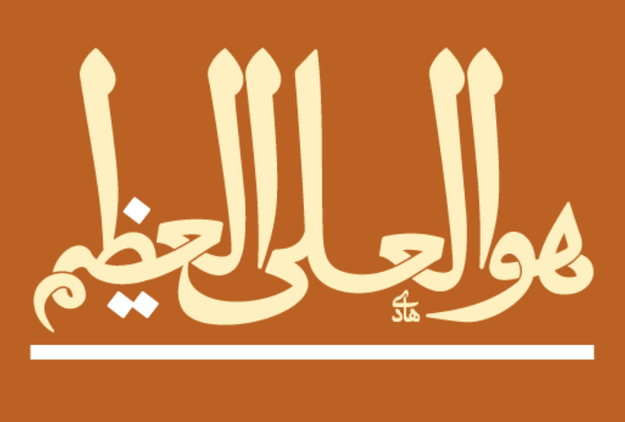
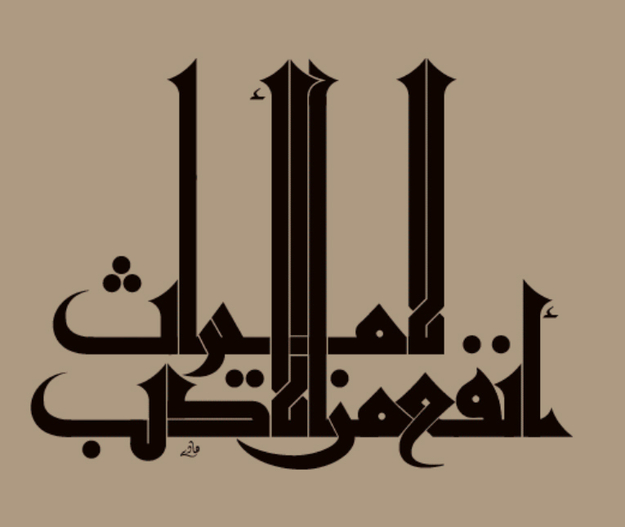
Type design
"As a graphic designer, I was motivated to research and scrutinize the world of Arabic type design. I discovered that many fonts produced by the major type foundries looked the same to me. This pushed me to try to create more original fonts adding diversity to the Arabic fonts available on the market. The fonts I started designing brought me closer to some of my clients that were interested in my designing exclusive fonts for them. This launched me in a significant way on my path to specializing in Arabic type design. So my interest in type design started as a sideline of my regular work. With my friend ‘X’ (for personal reasons I prefer not to mention his name) who brought in other skills than my own —his skills were not solely technical. I started a type foundry aiming to produce traditional and modern fonts. Starting an activity and making it public is extremely easy these days. It only takes a few minutes. Being successful in a business however is a complete different matter. The collaboration with ‘X’ did not go well because we each used different software and ‘X’ was unwilling to teach himself Glyphs. My role at that time was to design, and his role was handling the font engineering, linguistic, and production processes. Since we split up in 2018, I have worked for a while on my own. That was challenging because I had to do everything myself. Besides, I was working in the morning as an art director, and in the evening I was improving and strengthening my knowledge of Glyphs software (font editing tool). Then my friend Mohamed Gallah, a Tunisian designer, came into the picture. We started cooperating and working together on the Baybars font. It was the second font I had produced after the Qays font. My relationship with Gallah led to a fruitful collaboration and we have launched the Baybars site in 2020. We intend to produce more fonts together."
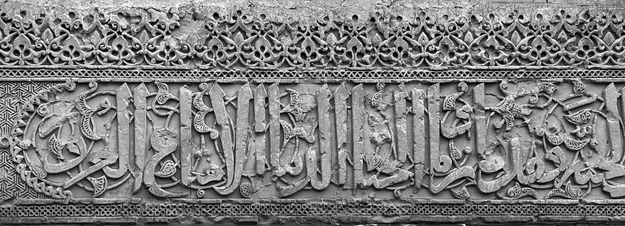
Baybars
The history behind the Baybars font is unusual. The font was well received by the type design community. Normally, it takes type designers years to get this kind of recognition. The reason this time had everything to do the fact that the type designer was very well informed about the local community. Moreover he was from the very start extremely interested in the topic of type. So he had built up next to his career quite some knowledge about calligraphy and type design. And he knew the people who could help him making an outstanding font. Even in the research phase he knew where to find the best advice. "I was looking for help in my research as well. I was interested in studying architectural inscriptions in Egypt. So I contacted the artist Mounir al-Shaarani when I decided to analyze the 13th century Kufic and Mamluk Thuluth inscriptions in the Sultan Hassan mosque in Cairo. I met Mounir for the first time at his studio in Mokattam in 2016. He encouraged me and started guiding me in the art of calligraphy, and still does till today." After carrying out a thorough research, Hadi developed an Arabic font inspired by the Mamluk Thuluth style, simplifiyonh this initially ornamental architectural script into a functional and contemporary text typeface, with an extensive character set, in five weights, with a rich set of swashes, arrows and some ornaments.
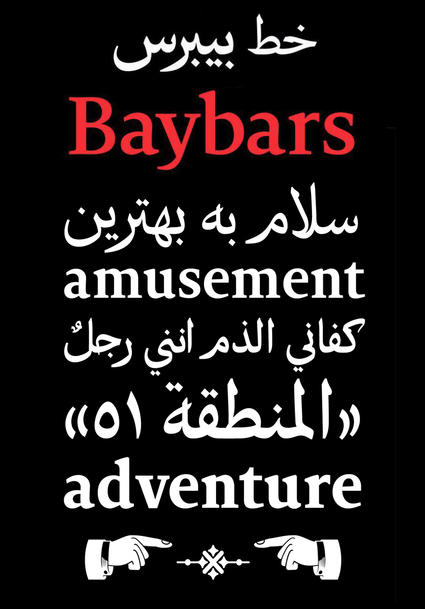
Hadi's career in advertising helped him effectively promote the results of whatever initiative he was undertaking. He is an ambitious guy who knew that in order to have a cutting edge in type design, he had to create a multi-script font with an unsurpassed level of sophistication and amount of potential functionalities. A Bugatti-font. He knows the design community in Cairo very well so had no problem getting all the technical assistance he needed, going beyond the levels offered by Glyphs.
What we can take from this story is that many fathers in the Middle East all want their sons to become engineers. Considered to be a guarantee to keep a family running. But fathers can force their desires only up to a certain level on their offspring. In the end, there is no escaping from yourself.
